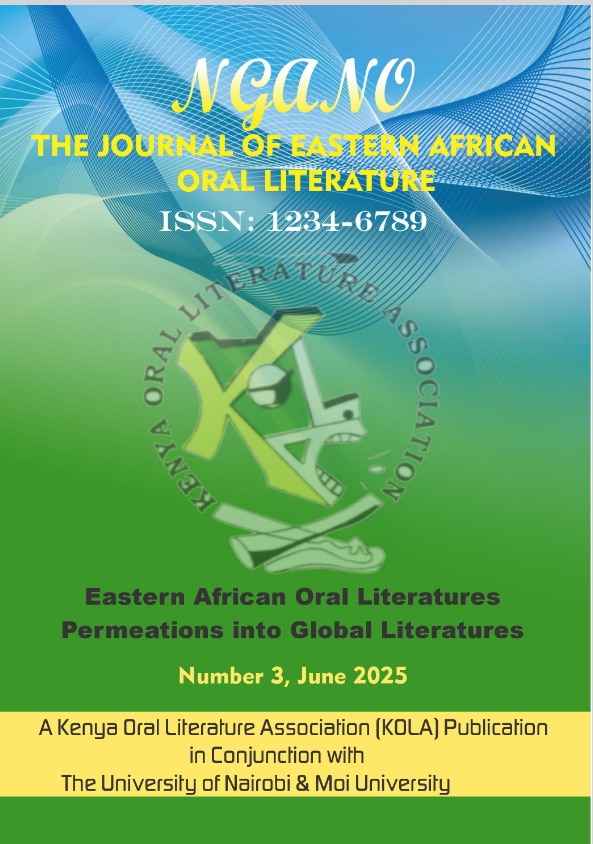Nabongo Cultural Centre: A Heritage of the Wanga Kingdom in Kakamega County, Kenya
Abstract
The Kenyan Constitution (2010) Article 11(1) recognizes culture as the foundation of the nation and the cumulative civilization of the Kenyan people and nation. In light of this many Kenyans identify with their tribes or ethnic groups and follow their traditions which include the way of dress, food, naming, work and rites of passage. Most Kenyans in the rural areas are proud of their language and cultural heritage (Akama, 2002). Through practice and celebration of our culture we are able to impart values and behavioral norms to the future generations who will in turn continue the legacy and Kenyan identity. D’Souza (1980) describes the Kenyan culture as a way of life that blends tradition and modernity. The question is then how will Kenyans be able to preserve their diverse cultures in light of technological advancements that have changed the way we do almost everything? This paper is a case study of Nabongo Cultural Centre, also known as ‘Eshiembekho’in the local language. It highlights the rich cultural heritage found in this cultural centre in order to create local and international awareness so that researchers, students, tourists among others can all learn the history of the Wanga Kingdom and experience the way of life of the Wanga sub-tribe from this resource centre in Kakamega County. This research was done through participant observation, interviews, document analysis, and archival studies found in Nabongo Cultural Centre. The findings of this paper indicate that indeed this cultural centre is a rich heritage of the Wanga culture and a research centre for Oral Literature.

